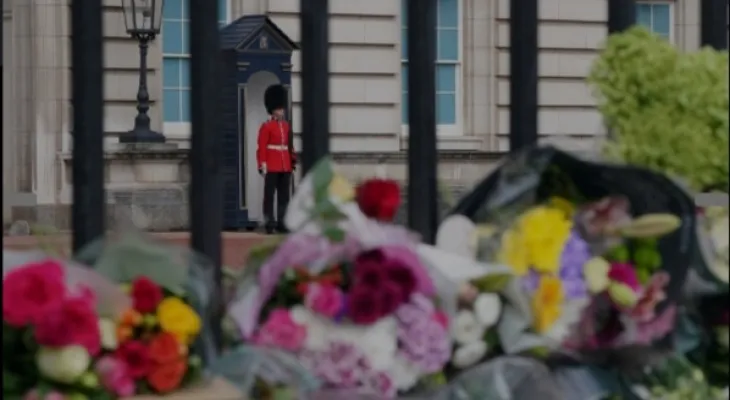Search here
Newspaper
Search here

Arab Canada News
News

Published: September 9, 2022
Queen Elizabeth II, the longest-reigning monarch of the Commonwealth realm, has died, and a mourning period has been declared along with a series of carefully planned and detailed arrangements. The plans in the coming days, codenamed "Operation London Bridge," will include the return of the late queen’s body to London, the accession of the new king, as well as preparations for the queen's funeral.
Since the queen died at Balmoral Castle in Scotland, a more complex set of protocols known as "Operation Unicorn" (named after the national animal of Scotland), which involves Scottish ceremonies, will come into effect.
The queen's body will remain at the castle overnight and may be moved the following day to Crathie Kirk, a nearby church the late queen frequented. Two days after her death, it is expected that her body will be transferred to Holyrood Palace in the Scottish capital of Edinburgh.
A ceremonial procession from Holyrood to St. Cathedral is also expected. After the service, the queen will lie in repose for 24 hours.
On the third day after her death, her remains will be transported by the royal train back to London. Upon arrival in London, her coffin will be moved to the Throne Room in Buckingham Palace. Charles became the new king immediately upon his mother's death, even before his formal coronation or swearing-in.
In the same context, the day after the queen’s death, an Accession Council consisting of members of the Queen's Privy Council in the United Kingdom will meet at St. James's Palace to officially declare Charles as the king. The Queen's Privy Council consists of 670 members, including senior politicians, judges, and clergy from the Church of England, but only about 150 members are expected to attend due to space constraints.
According to tradition dating back to the 15th century, the Garter King of Arms — responsible for overseeing royal heraldry in England, Wales, and Northern Ireland — will step out onto the balcony at St. James’s Palace and formally announce that Charles is the new king. This will be followed by 41 gun salutes in Hyde Park, London.
Also, at 6 pm UK time on Friday, Charles is scheduled to deliver his first public address as king. In the following days, the new king will attend a joint session of both houses of the British Parliament and embark on a tour of the United Kingdom, visiting Scotland, Northern Ireland, and Wales.
Five days after her death, the queen’s body will be moved from Buckingham Palace to Westminster Hall, the oldest part of the British Parliament building. Upon arrival at Westminster Hall, the late queen will lie in state for public viewing over the next five days until her funeral. Her coffin will be draped in a purple royal standard and guarded by soldiers, alongside the Imperial State Crown, the orb, and the sceptre. Thousands upon thousands of mourners, along with members of the royal family, are expected to line up to pay their respects during the five-day period.
Ten days after the queen’s death, the queen’s funeral, codenamed "Operation Scarlet," is scheduled to take place. While recent monarchs’ funerals have been held at St. George’s Chapel in Windsor Castle, Queen Elizabeth II’s funeral is set to take place at Westminster.
Comments